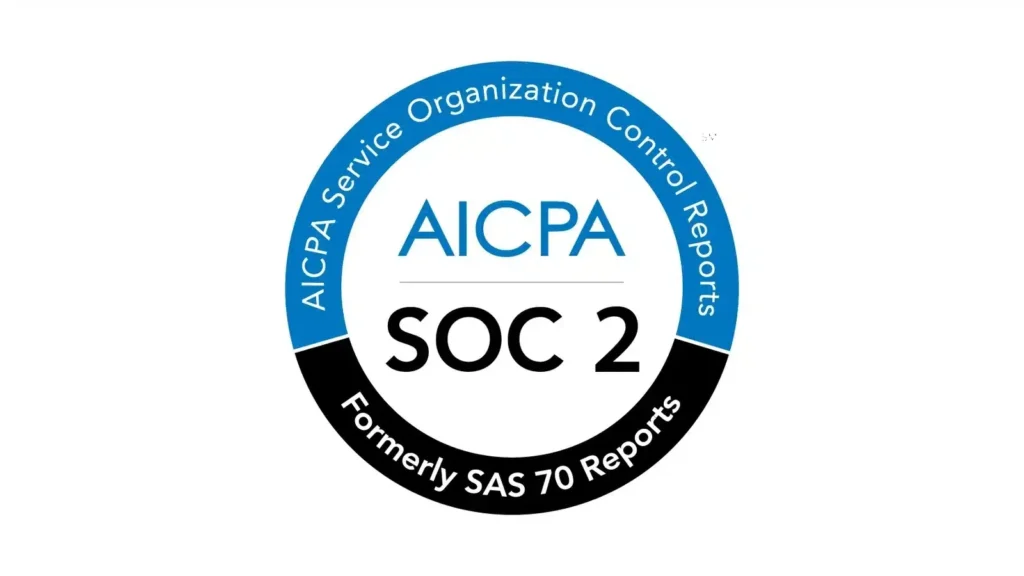The term “onboarding” originated in corporate boardrooms across America in the 1970s. What exactly does onboarding mean in the context of a job? Onboarding is the process of helping new employees join an organisation. It aims to familiarise them with workplace practices for optimal performance from day one.
It includes, but is not limited to, orientation, introductions to colleagues and managers, familiarisation with processes, and alignment with company culture and mission. A well-executed onboarding process ensures new employees feel comfortable, supported, engaged, and ready to contribute effectively.
“Onboarding is an art. Each new employee brings the potential to achieve and succeed. To lose the energy of a new hire through poor onboarding is an opportunity lost.”
– Sarah Wetzel, HR Director at Engage-BDR
Onboarding vs. Orientation
While onboarding and orientation are often used interchangeably, they are distinct.
- Onboarding is a process that helps new employees feel welcome and confident in their roles. It continues over time to ensure their successful integration into the organisation. This includes deeper cultural alignment, introductions to key team members, and an understanding of company values.
- Orientation is a brief introduction that covers company policies, office layout, roles, and responsibilities. It is the initial step in a larger overall process.
Why Is Onboarding Important?
Your first day on the job is crucial. Research shows that 25% of new hires quit within the first three months. They don’t leave because they lack skills but because they don’t feel supported. This affects productivity, retention, and morale.
If new employees struggle to adapt due to a lack of guidance, they may quickly disengage and look for other opportunities.
This challenge is even more significant for remote employees. Remote work can help companies find more employees, but if onboarding is not done well, new hires may become disengaged.
At Emerald, we onboard each employee with actual human interaction, embedding personal touchpoints throughout the process rather than relying solely on platforms. A structured, human-centric process significantly improves employee retention and reduces HR costs.
The Rise of Remote Work
Remote work is becoming the future of employment. In 2019, only 4% of all jobs in the U.K. and U.S. were remote. By 2020, that figure rose to 9%; in early 2022, it reached 14%. By the end of 2022, 25% of all job offers were remote roles.
According to Owl Labs:
- 90% of remote workers say they are more productive working from home.
- 84% would take a pay cut to continue working remotely post-pandemic.
With remote work becoming more common, businesses must adapt their employee onboarding processes. Organisations that fail to appropriately onboard remote employees risk losing valuable talent to competitors who offer better integration and support. By doing this, you will reap the rewards of improving productivity and employee engagement with your remote workers.
Onboarding With an Employer of Record (EOR)
Hiring talent through an Employer of Record (EOR) can create great onboarding experiences. However, not all global HR and payroll solutions work the same way. Many employees rely only on technology platforms, which can make new hires feel disconnected. As a result, companies may see higher turnover and lower productivity.
While technology can help with some tasks, employees usually prefer personal interaction when they start a new job. A customised, effective onboarding experience helps new employees connect and stay engaged, which can reduce turnover, boost productivity, and increase job satisfaction.
Good Onboarding vs. Bad Onboarding
The impact of onboarding is clear, but employers must see examples of both poor and effective onboarding.
Bad Practices:
- Employer forgets about the new hire’s first day.
- An employee is left to “figure things out” with no guidance.
- No formal introductions to team members.
Essential details like pay schedules, break times, and required meetings are unclear.
Good Practices:
- The employer is prepared and welcomes the new hire on time.
- The employee is guided through processes, including software use.
- Team members are informed and ready to integrate the new hire.
- Expectations regarding payroll, breaks, and meetings are clearly communicated.
A Human-Centric Approach
At Emerald, we take a human-centric approach to onboarding. Our structured five-step process ensures that every hire is informed, comfortable, and ready to contribute:
- Compliance: Verification of documents and processes in line with local laws.
- Clarification: Helping new hires build relationships and understand their key contact points.
- Culture: Instilling company values, mission, and expectations from day one.
- Connection: Providing 24/7 support through email, phone, and WhatsApp.
- Check Back: Ongoing support from pre-start to post-start, with monthly check-ins.
A structured, person-to-person onboarding plan drastically reduces attrition, enhances engagement, and boosts productivity.
At Emerald, we do onboarding right, which shows in our retention rates.




